Tutorials
September 20(Sunday), 2015
| Tutorial 1 (Sept. 20, 13:00~15:00) |
|---|
Fundamentals for Plasmas and ProcessesChair: Prof. M. Shiratani |
Lecturer: Dr. Andre Anders
|
Lecturer: Prof. Hiroshi Akatsuka
|
Lecturer: Prof. Holger Kersten
|
| Tutorial 2 (Sept. 20, 13:00~15:00) |
|---|
HiPIMS - Principle and Industrial ApplicationChair: Prof. Y. Setsuhara |
Lecturer : Ralf Bandorf
|
| HIPIMS is a highly ionized pulsed sputtering process that produces significant ionization of the sputtered materials that, in turn, enables effective surface modification by ion etching and energetic deposition. Energetic deposition allows the formation of coatings with unique or superior properties compared to other deposition processes. Presently HIPIMS is undergoing the transition from academic research to being a major industrial process. The tutorial will cover an introduction to HIPIMS technology, providing basic principles of HIPIMS discharges and operation modes. From the motivation and idea of energetic deposition, i.e. ionized sputtering the characteristics of HIPIMS will be presented. Within the last 15 years several operation modes have evolved that allow for fine tuning. There are specific features with respect to the applied pulse pattern. Furthermore the flexibility depends on the used power supply. Therefore in another chapter available equipment for pulse generation and plasma diagnostics will be presented. Due to the high ionization special attention has to be paid for effectively biasing the substrates, if required. Also with respect of the debye length, the plasma density, and the used duty cycle for plasma diagnostic have to be considered. Finally coating systems for a broad range of applications will be presented. There will be an overview on advancements by HIPIMS in several fields, like tribological coatings, optical coatings, electrical function, medical applications, corrosion protection, space applications, … The tutorial will end with a summary on today existing HIPIMS coatings and processes on industrial scale. |
| Tutorial 3 |
|---|
Plasma Skin Rejuvenation and Dermatology |
Chair : Prof. Holger Kersten Click to see the profileLecturers : Prof. Hans-Robert Mentelman, MD Click to see the profileLecturers : Prof. Dr. Thomas von Woedke Click to see the profile
Aesthetic Plasma Medicine – Key Points and First Results of a Clinical Study Program in Aesthetic Medicine applying Physical Plasma. |
| The medical application of cold atmospheric plasma is a new and innovative therapy concept in human medicine. Due to the status quo in clinical research, plasma treatments in dermatology as well as plastic and aesthetic surgery have the best prospect to succeed.
The tutorial will introduce the participants into the current state of medical applications of cold atmospheric plasma and the future prospects of plasma medicine. In a first part, an overview about the current status of basic research to understand and explain mechanisms of biological plasma effects will be given and its relevance as scientific basis for medical plasma applications will be discussed. Because of the actual focus of plasma medicine,the second and most comprehensive part of the tutorial will be devoted to the field of wound healing. After short summaries of recent clinical trials of plasma-supplemented wound healing,the main content of this part will be the presentation and discussion of key points and first results of a systematic clinical application study program in aesthetic medicine applying cold atmospheric plasma. Participants are invited to introduce and present some of their own cases for discussing treatment options based upon plasma application. In a final part an outlook will be given to further prospects of clinical plasma medicine with particular focus on plasma application in cancer treatment and plasma skin rejuvenation. To whom this may concern the tutorial will finished with a ten question multiple choice test covering all items presented before. Successful participation will be certified with a document to make it known, that the participant has approved the module "Aesthetic Plasma Medicine" of the Greifswald University postgraduate study program "Diploma in Aesthetic Laser Medicine (D.A.L.M.)". |
Copyright ⓒ 2015 by Asian-European International Conference on Plasma Surface Engineering (AEPSE) ALL Rights Reserved
AEPSE2015 Secretariat : Weddm Co. Ltd.
21, Gukhoe-daero 62-gil, Yeongdeungpo-gu, Seoul, Korea
Phone +82-07-8730-5627 | Fax +82-507-712-0214 | Email 2015aepse@gmail.com



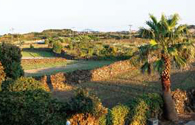
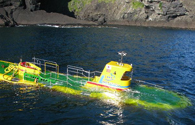
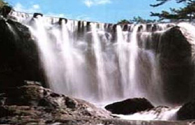

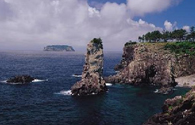
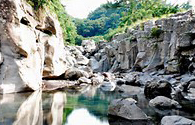

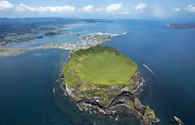
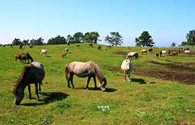
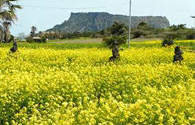
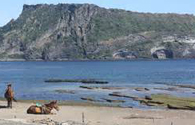

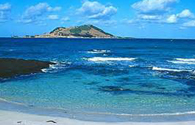



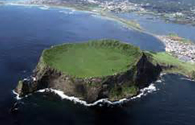










![[사]제주컨벤션뷰로](./img/main/img_spon_02.gif)











